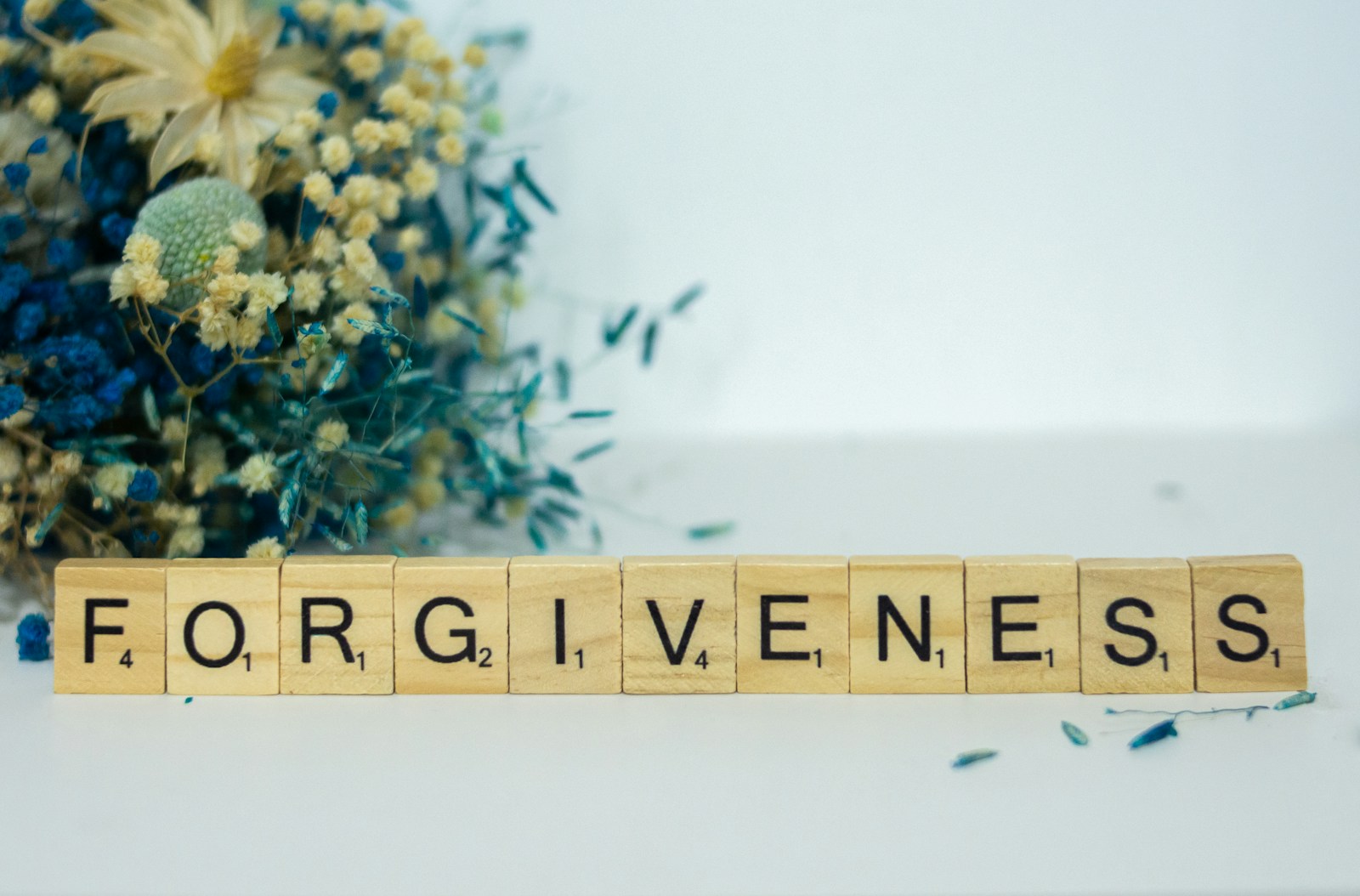2022 has been another tough year, especially with inflation. But with a fresh start in 2023, there’s no better time than now to hit the refresh button on your outlook and on your finances. A new year gives us all a chance to make positive changes to help shape how our upcoming year will go. This year, try the following 6 tips to better your budget and your life for 2023.
Tip #1: Take inventory
Thoroughly review what you bought (but really didn’t need) from 2022 (i.e. almost a thousand dollars on specialty coffee, nearly two thousand on lunch outings at work, that outfit you charged and only wore once, etc.). Knowing the money mistakes of your past is the first step to improving your future budget. Make small changes like brewing coffee at home, packing your lunch to work/school and giving yourself a set dollar amount for clothes, accessories and entertainment each month to prevent those impulse buys.
Tip #2: Drop the bad habits
There’s no better time than the New Year to quit the bad habits. Smoking, chewing tobacco, alcohol, and other unhealthy substances aren’t just terrible for your health, they can also crush your annual budget. Did you know that the average smoker spends about $2,000 per year on cigarettes!? Not to mention the high cost of possible future medical bills associated with the potential negative side effects. Quitting smoking is really a no-brainer, but cutting down on your alcohol intake is also beneficial. Drinking in excess is never recommended, but even one cocktail can dramatically raise a restaurant bill. This year, give your body and your bottom-line a break and kick the bad habits to the curb.
Tip #3: Switch to water
Speaking of unhealthy habits and cost, soda is another vice that tends to sneak up on us if we’re not careful. The average soda drinker spends about $850 per year on carbonated beverages. The large amounts of added sugar and calories can also hurt your health in the long run. The switch might be tough at first; but after about two weeks on H20, you won’t even notice the difference when picking the much cheaper, much healthier option.
Tip #4: Set short-term financial goals
Even if it’s $5 dollars per week; set small, achievable goals to start saving up for the bigger purchases you really want (i.e. pay down your debt, those fancy new shoes, or even a house, etc). Every little bit helps and once you boost your confidence with these little wins for a few consecutive weeks in a row, increase the dollar amount. Before you know it, you’ll be crossing those larger items right off your 2023 wish list.
Tip #5: Use cash
Once you set your budget for the week/month, use cash for those everyday purchases. Credit card points are great IF you can stop yourself from going over (easier said than done, right?!). If you have a hard time with overdrafts or credit debt, try carrying cash based on the amount that you know you will be ok with spending each week. Once the cash is gone, you’ll know your money limit is up!
Tip #6: Buy in Bulk
For the things you buy the most – and know you will use (i.e. toilet paper, paper towels, soap etc.) buy them in bulk if/when your budget permits. It may be a bigger cost upfront, but the price per item is usually much cheaper than purchasing things one at a time. And today it’s easy and cheap to buy in bulk online which means you get to enjoy the comfort of not even having to leave the house. Not only is this a convenient option, but you save gas money as a bonus.
Resources:
https://classroom.synonym.com/how-much-do-americans-spend-on-soft-drinks-12081634.html
Disclaimer: Docupop is a private company, not affiliated with the Department of Education. The DOE offers several programs that may offer lower monthly loan payments for borrowers who meet the qualifications based on income and family size. Lower monthly payments may lead to longer student loan maturity periods, increasing the total amount of interest over the life of the loan. The DOE also offers programs that may forgive some or all of the borrower’s loan balance. The Public Service Loan Forgiveness program (PSLF) is based on the number of qualified payments made under the program while working full-time for a qualifying employer. Other programs require a specific number of qualifying payments and then forgive the remaining balance once those payments are completed, without any public service obligation. Depending on the type of forgiveness, any amounts forgiven may be treated as taxable income for income tax purposes, please consult your tax professional. More information can be found on the DOE website: https://studentaid.ed.gov/sa/repay-loans/forgiveness-cancellation
*Links to third-party websites are provided for convenience only. Docupop does not endorse nor support the content of third-party links. Docupop is not responsible for the content of a third-party website. By clicking on a third-party link, you will leave the Docupop website. Privacy and security policies may differ from those practiced by Docupop.




Leave a Reply